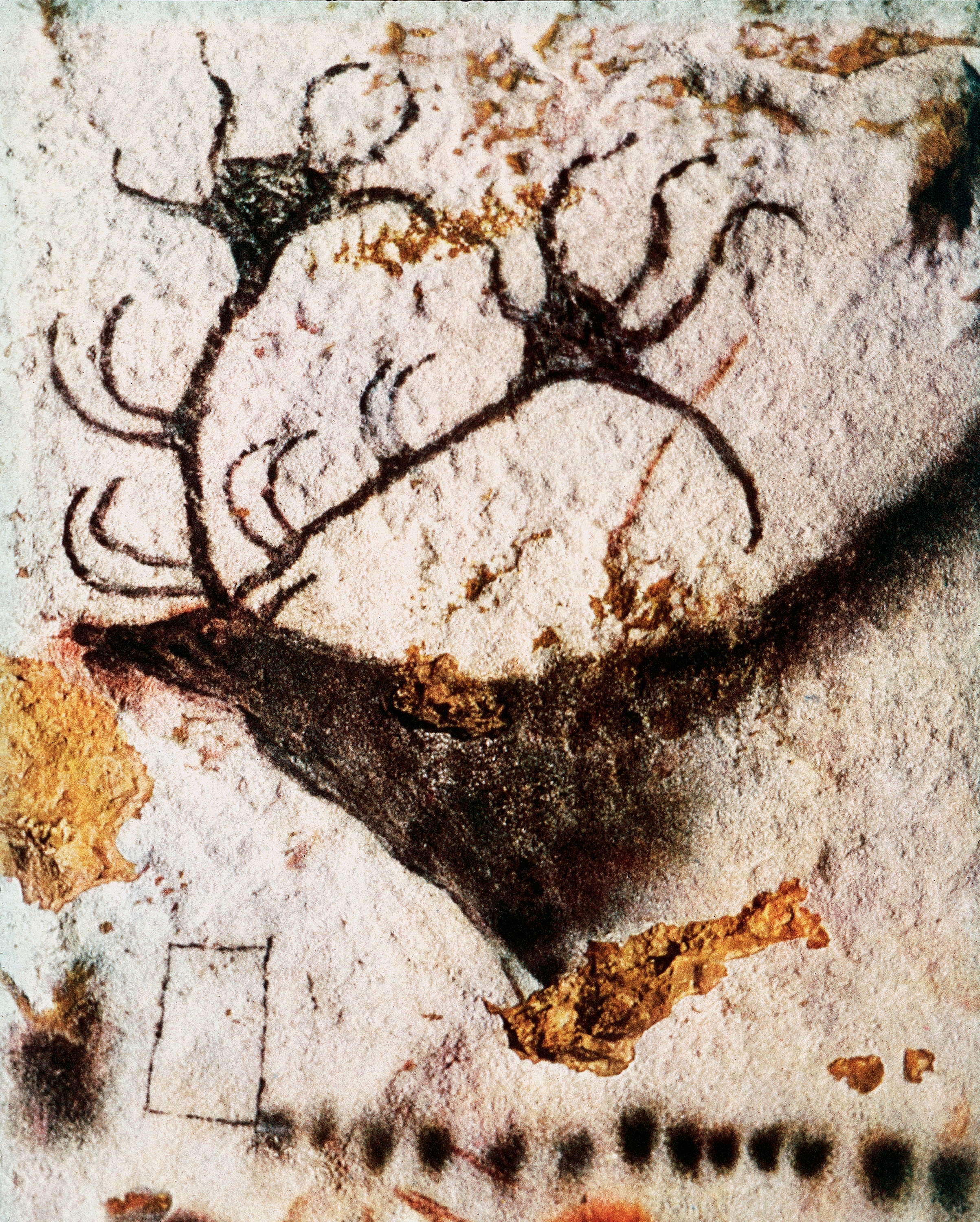| The Way of the Lion |
| Posted by: Olulu - 11-04-2020, 09:16 PM - Forum: Miscellaneous - No Replies |
| Favorite types of theropods? | ||||
| Posted by: DinoFan83 - 11-03-2020, 12:53 AM - Forum: Dinosaurs - Replies (1) | ||||
|
||||
| Tiger Safari experience with Nature Safari India | ||||
| Posted by: naturesafari - 10-28-2020, 03:24 PM - Forum: Vacations and Holidays - Replies (3) | ||||
|
||||
| Just Tiger Tour for Wildfact | ||||
| Posted by: naturesafari - 10-28-2020, 02:51 PM - Forum: Packages & Offers - Replies (2) | ||||
|
||||
| Birmingham Pride of lions | ||||
| Posted by: T I N O - 10-25-2020, 03:58 AM - Forum: Lion - Replies (1314) | ||||
|
||||
| What exactly is a panther? |
| Posted by: sanjay - 10-24-2020, 11:00 AM - Forum: Questions - Replies (5) |
|
|
| Posted by: scilover - 10-23-2020, 07:42 AM - Forum: Aquatic Animals and Amphibians - Replies (1) |
| Blue Whale - Balaenoptera musculus | ||||
| Posted by: OrcaDaBest - 10-22-2020, 04:59 PM - Forum: Aquatic Animals and Amphibians - Replies (1) | ||||
|
||||
| Pleistocene Cave Art | ||||
| Posted by: KRA123 - 10-13-2020, 01:02 PM - Forum: Prehistoric animals - Replies (3) | ||||
|
||||
| Animal gifs | ||||
| Posted by: cheetah - 10-12-2020, 10:30 PM - Forum: Miscellaneous - No Replies | ||||
|
||||
| Welcome, Guest |
|
You have to register before you can post on our site. |
| Search Forums |
|
(Advanced Search) |
| Forum Statistics |
|
» Members: 3,007 » Latest member: Mbiri boy » Forum threads: 1,234 » Forum posts: 184,669 Full Statistics |
| Online Users |
|
There are currently 475 online users. » 1 Member(s) | 474 Guest(s) BA0701 |
| Latest Threads |
|
Birmingham Pride of lions
Last Post: |
|
Who are they?
Last Post: |
|
Prides of the Masai Mara
Last Post: |
|
Lions of Manyeleti
Last Post: |
|
Coalitions of Kruger Nati...
Last Post: |
|
Cheetah Reintroduction in...
Last Post: |
|
Avoca Male Lions and Thei...
Last Post: |
|
Captive Lion and Tiger we...
Last Post: |
|
Talamati/Msutlu Pride
Last Post: |
|
Lion tales
Last Post: |
|
Lions ID's
Last Post: |
|
Plains Camp Males
Last Post: |
|
Lions from Botswana
Last Post: |
|
Lions of Sabi Sands
Last Post: |
|
Great white shark (Carcha...
Last Post: |








